NASA Discovers Galaxies Older Than the Universe
Astronomers were left stunned after NASA’s powerful James Webb Telescope captured several galaxies deep in the cosmos that appear to be older than the universe itself.
This sparked significant and engaging debate among astronomers about how such a thing is possible. Here’s what the experts have to say about the strange phenomena.
The Beginning of the Universe
Astrophysicists believe the universe was formed at least 13.8 billion years ago following a significant event commonly referred to as the Big Bang.
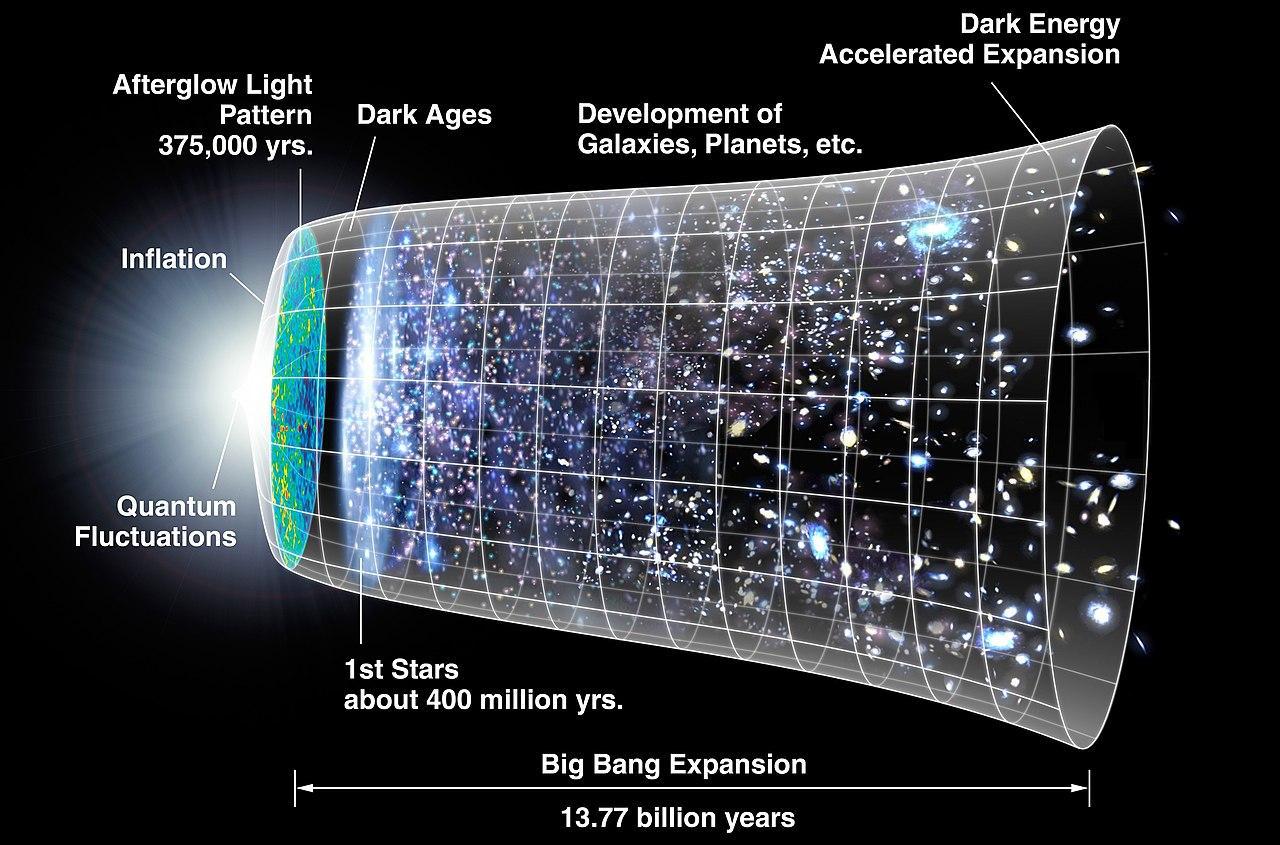
Source: Wikimedia
Prior to this, the entirety of the universe’s energy is theorized to have been concentrated in a singularity, defined as a point of infinite temperature and density. As this singularity began to expand, it resulted in an explosion dubbed the Big Bang.
The Fundamental Forces of Nature Appear
After the violent explosion that gave birth to the universe as we know it occurred, the fundamental forces of nature, including electromagnetism and gravity, alongside the strong and weak forces, evolved in stages.
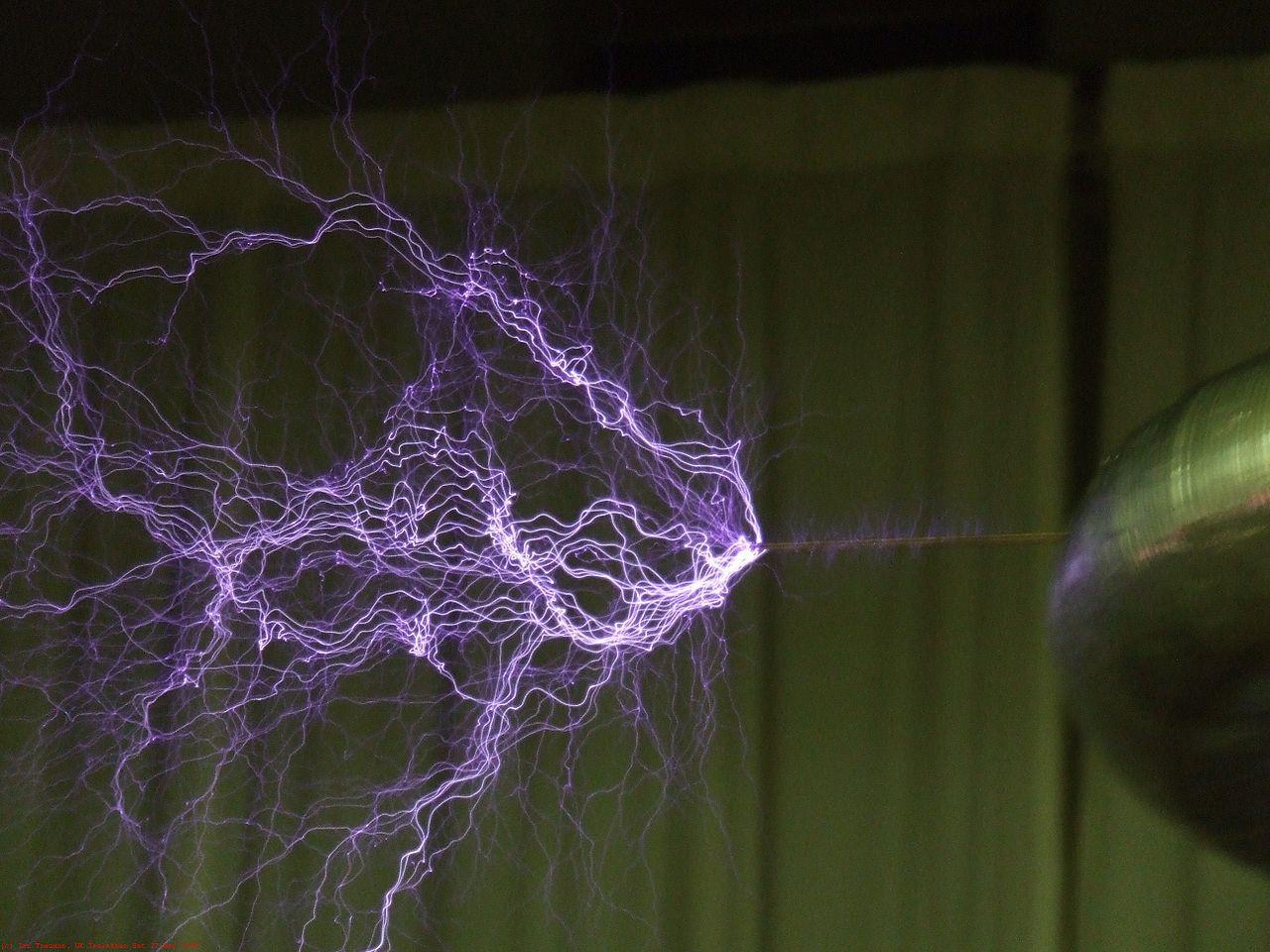
Source: Wikimedia
These led to the eventual formation of galaxies. However, observations carried out using the state-of-the-art James Webb Telescope have noticed that certain earlier galaxies appear to have skipped the gradual process of evolution, giving the impression that they are older than the universe itself.
The Webb Telescope Observes Early Galaxies
The powerful Webb telescope can essentially peer back in time and observe galaxies when the universe was a mere 500 million years old, or 3% of its current age.
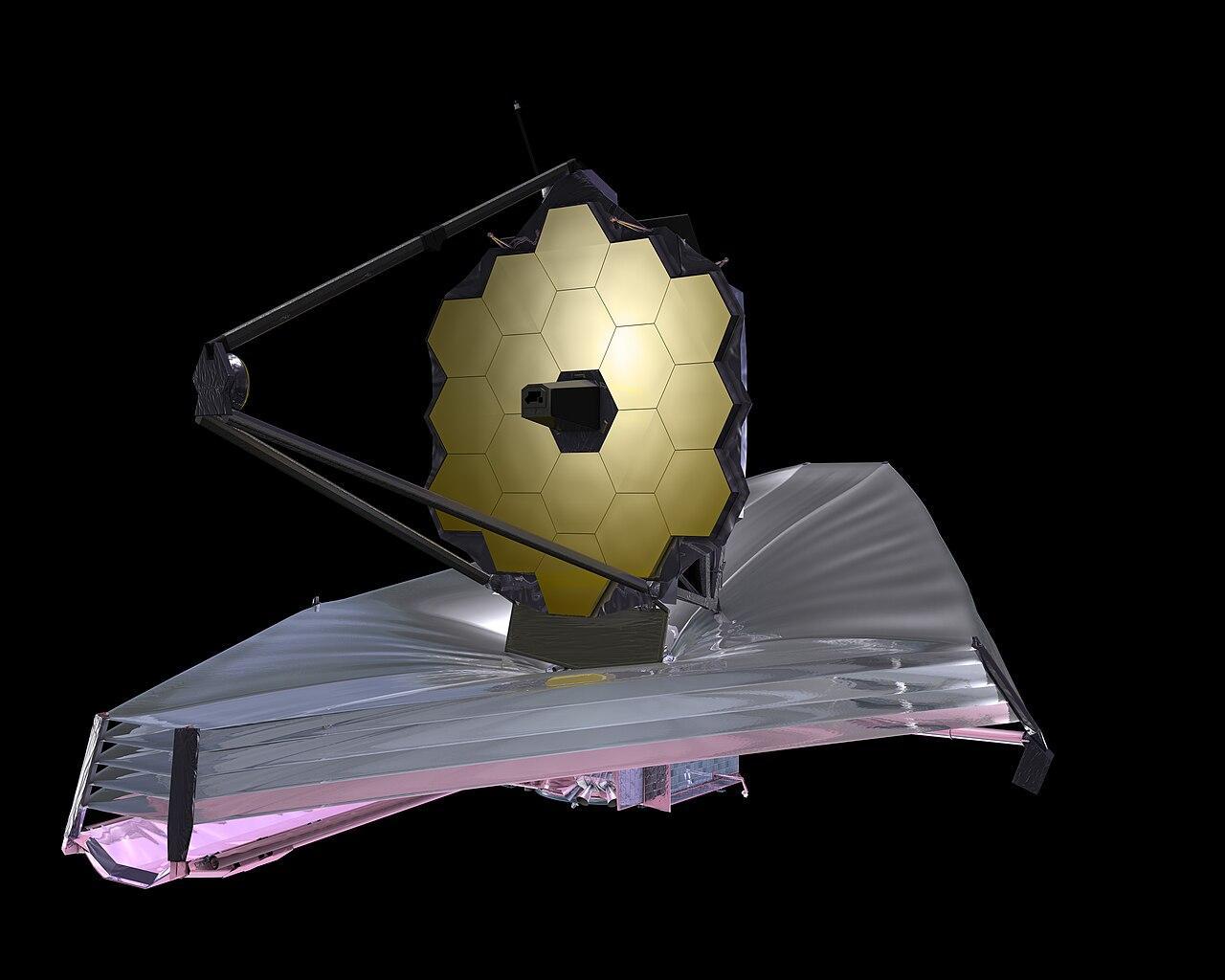
Source: Wikimedia
As the cosmos was still considered in its infancy at this period, researchers predicted small galaxies scattered throughout the universe. However, the JWST has observed galaxies that were far larger than previously anticipated.
Webb Telescope Makes Fascinating Discovery
The galaxies spotted by the JWST contain a mass of stars that could be as much as 100 billion times the mass of the Sun.
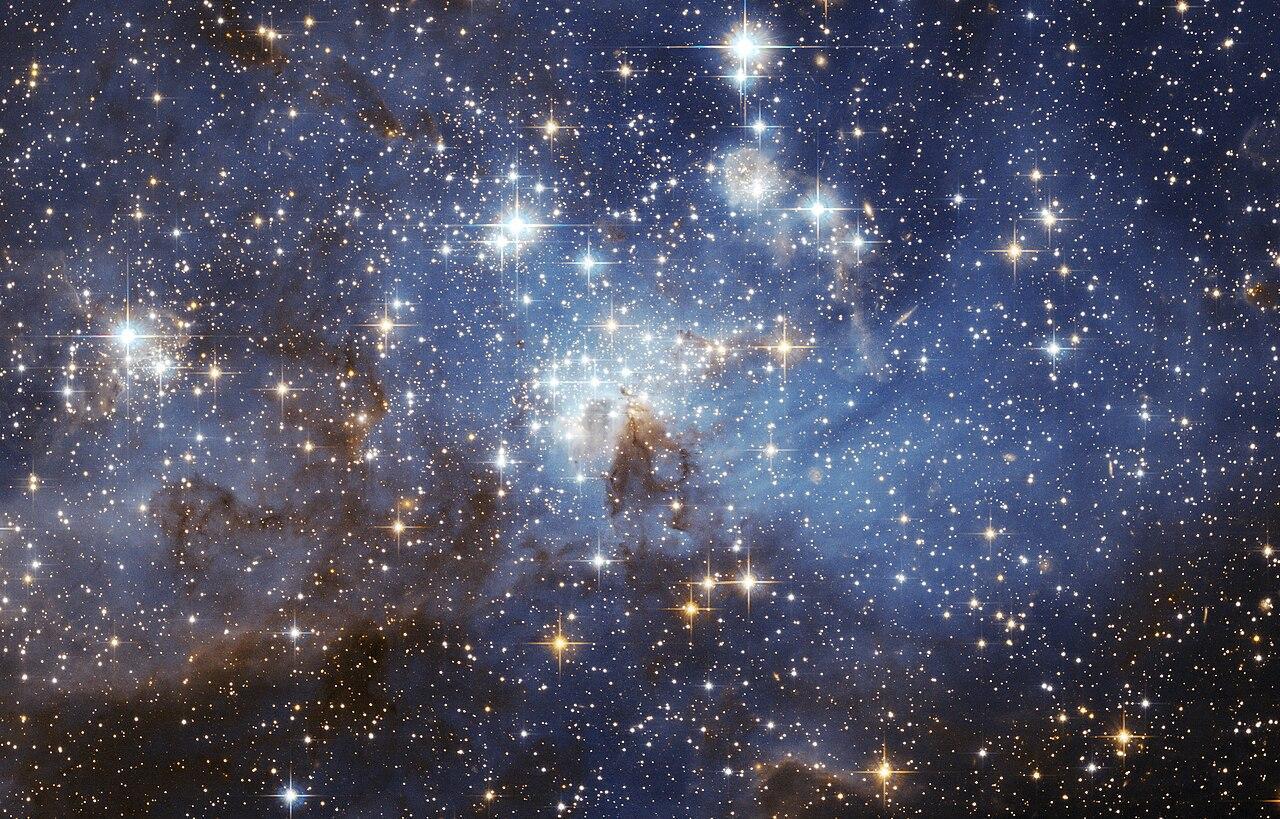
Source: Wikimedia
To better understand this enormous cluster of stars in the early galaxies, we can compare it to our own galaxy, the Milky Way, which only contains a mass of stars equal to approximately 60 billion suns.
How is This Possible?
The question that continues to perplex astronomers is how such an extensive number of celestial bodies and extensive galaxies existed at such an early period of the universe.

Source: Freepik
To better understand this, we must explore “redshifting.” According to the European Space Agency (ESA), “Redshift is a key concept for astronomers. The term can be understood literally—the wavelength of the light is stretched, so the light is seen as ‘shifted’ towards the red part of the spectrum.”
The Visible Light Spectrum
In simple terms, redshift refers to a particular section of the visible light spectrum.
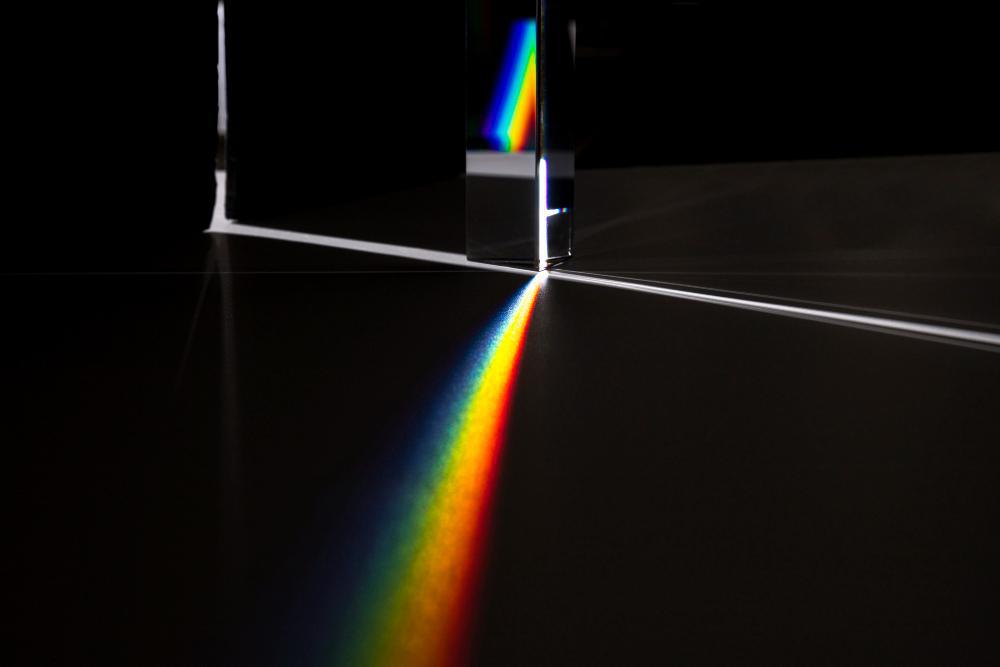
Source: Freepik
The shortest wavelength of light is violet, at around 380 nanometers. The longest is red, at around 700 nanometers. Astronomers use the latter to gather valuable data on the age of galaxies.
ESA Defines Redshift
According to the ESA, redshift is used to measure how far a celestial object like a galaxy has moved away from us.
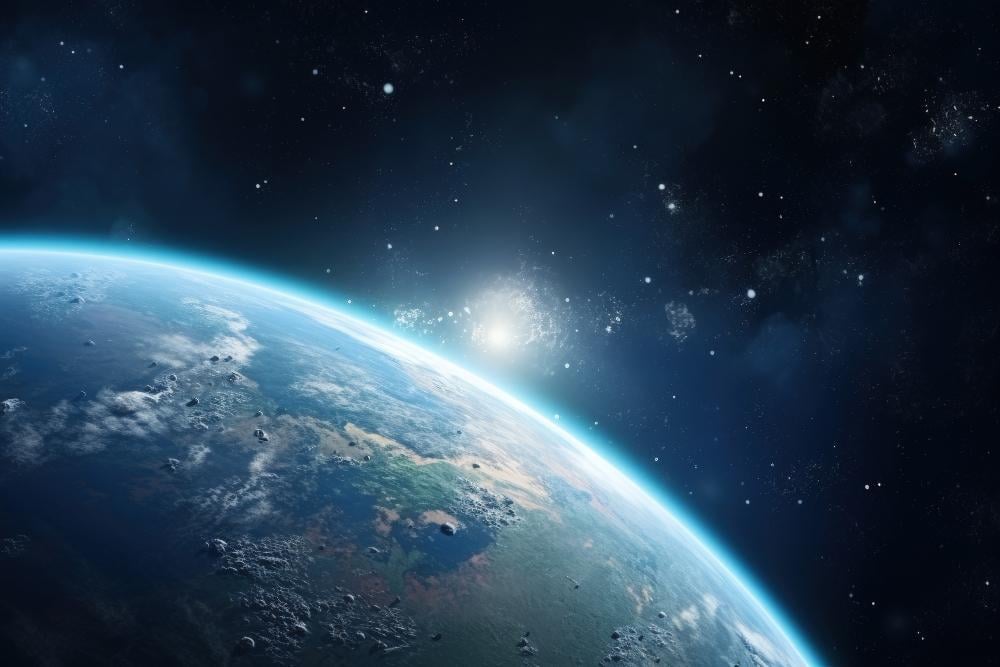
Source: Wikimedia
“When an object (e.g. a galaxy) moves away from us, it is ‘red-shifted’ as the wavelength of light is ‘stretched’ so the light is seen as ‘shifted’ towards to red end of the spectrum,” according to the ESA.
Redshift and Dating Galaxies
Astronomers can use this redshift to predict the age of galaxies found throughout the universe, as all celestial bodies and objects emit a frequency or hue of color that telescopes can pick up. This red color will differ depending on how young or old the galaxy is, allowing researchers to effectively discern how old galaxies are in the depths of the cosmos.

Source: Wikimedia
Redshifting can also be used to instruct researchers on the extreme age of galaxies in the cosmos, as well as to analyze several other factors, including their size. Astronomers can also use redshift to scour the galaxy for massive stars and to give researchers an indication of how far a celestial body is from our own planet.
Galaxies During the Infancy of the Universe Continues to Perplex Astronomers
As galaxies in the cosmos age, they produce more suns, which is generally expected. However, the galaxy spotted by the JWST during the universe’s infancy has a mass significantly larger than that of the present-day Milky Way.

Source: Wikimedia
Despite their attempts to explain this unusual phenomenon, astronomers and researchers have come up empty-handed, and there is no accepted explanation just yet.
The Universe is 26.7 Billion Years Old, Says Researcher
Physicist Rajendra Gupta from the University of Ottawa in Canada is one researcher who believes he has an answer to the question, suggesting “redshift could be a hybrid phenomenon, rather than purely due to the universe’s expansion.”

Source: Freepik
He added, “Our newly-devised model stretches the galaxy formation time by several billion years, making the universe 26.7 billion years old, and not 13.7 as previously estimated,” Dr Gupta said.
Why Early Galaxies Appear to Have Larger Masses
The suggestion that the universe is twice as old as originally thought has stirred up considerable controversy in the scientific community.

Source: Wikimedia
Such a revelation could undoubtedly explain why early galaxies, which emerged 500 million years after the beginning of the universe, appear with a mass generally associated with billions of years of evolution.
